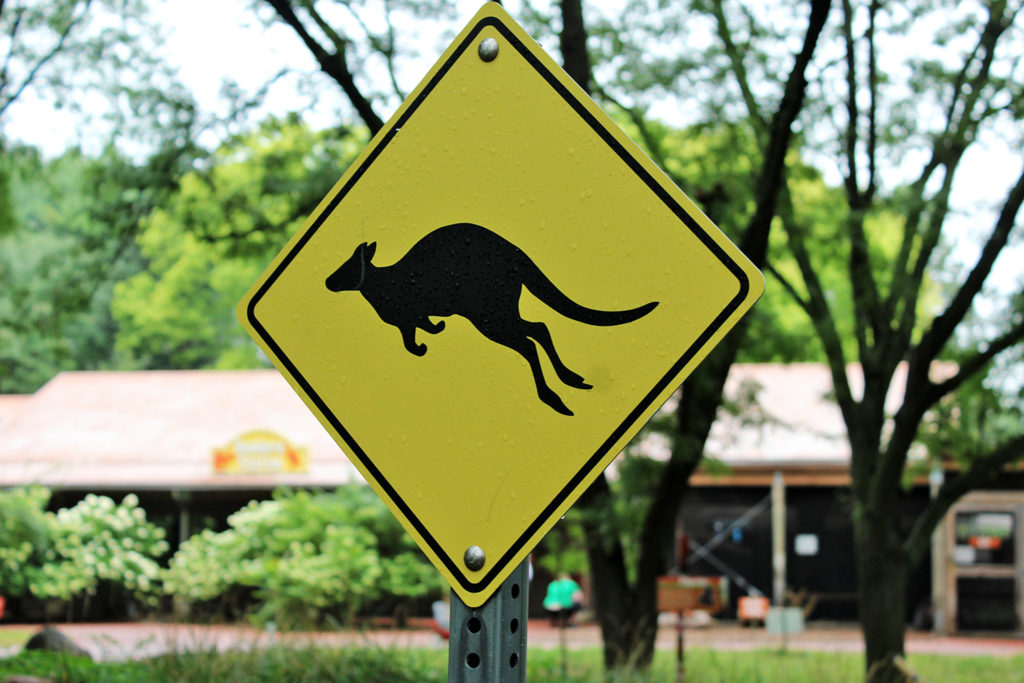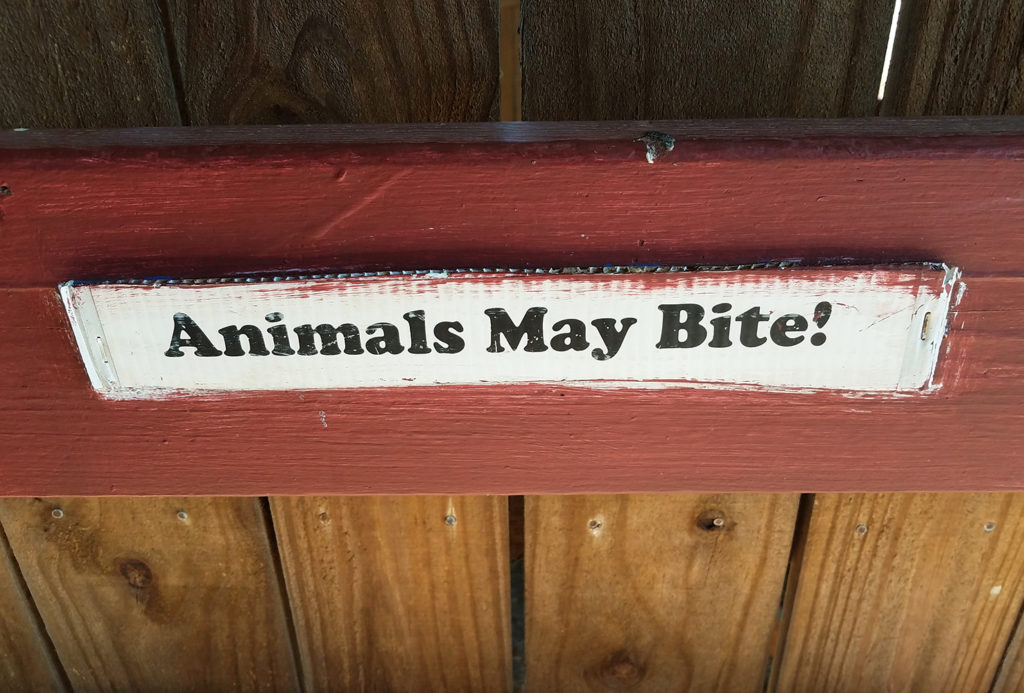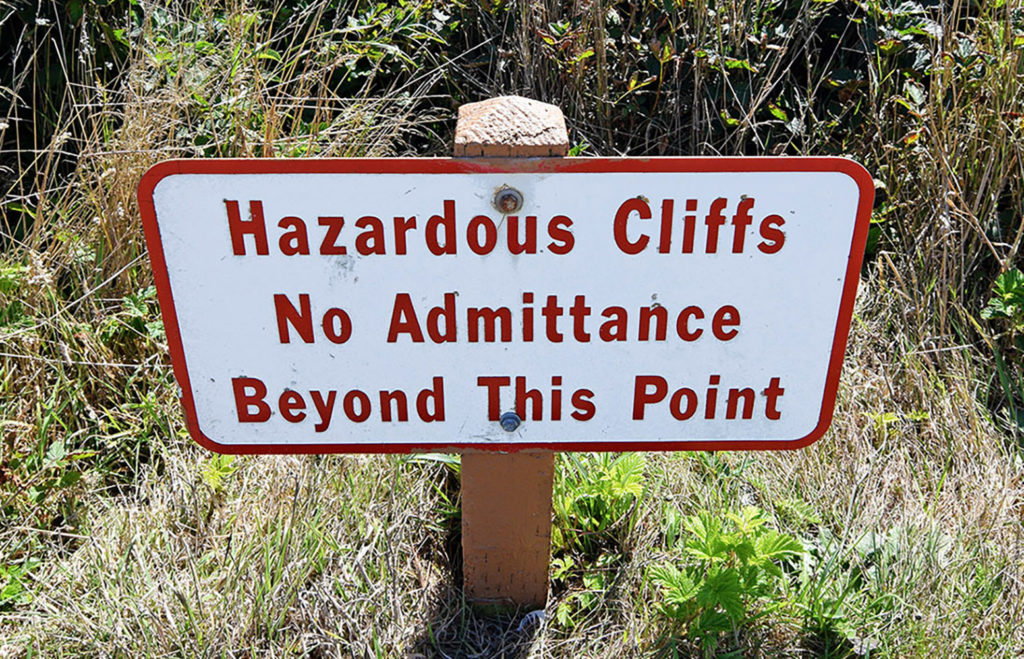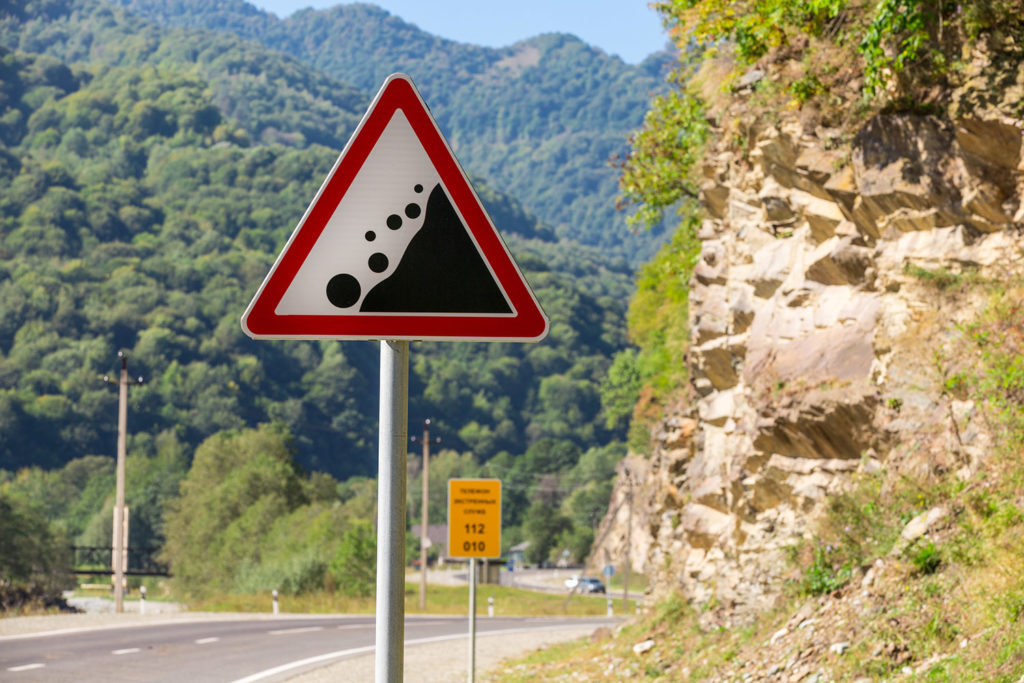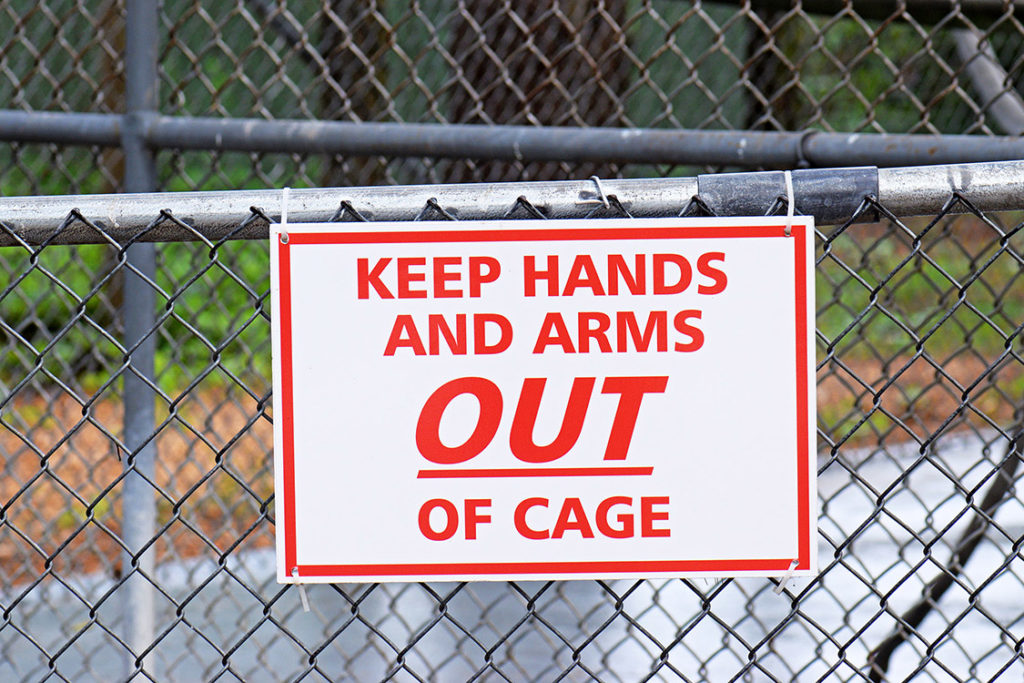
Safety The First Step to Field & Lab Work


Safety Objectives:
- Outline the basic essentials in a lab and field safety checklist.
- List the components of a first aid kit and an emergency preparedness kit.
- Describe wasps through the course topic lenses, including their relationship to humans.
Safety is the first consideration before any field or laboratory work. For this week’s recitation media piece, you will be submitting a safety checklist as well as safety habits and practices. This page begins with the basic components in a safety checklist.
This will be a generalized safety checklist that could be used in home labs, outdoors in a controlled environment (garden, park) or in a field site (wilderness).
Consider what can be hazardous and include in your safety checklist:
(1) steps to prevent these hazards as well as
(2) steps on what to do if something goes wrong.
This is Lesley’s safety checklist. Some of the things are personal based on past experiences and current work with animals.
You can adopt any procedures/ideas that seem appropriate for your own use. You are designing a checklist for your own locations, situations, and personal behaviors.
Your safety checklist can have headers like “home lab,” “garden” or “field trip,” or a different organization. Whatever makes it most effective for use.
You may also want to add a special section on reducing exposure to SARS-CoV-2, your steps in reducing COVID-19 risk.
- Avoid potentially hazardous situations, even if it means missing a photo or video opportunity.
- Consider the safety of other people and animals at all times, especially our cats.
- Clean up work spaces, don’t leave any potentially dangerous materials behind.
- Communicate any safety concerns to Mark or whoever else may be involved.
- Follow safety directions on signs, in activities, and on product labels.
- Carry a safety kit everywhere, all the time.
- Wasp sting? Immediately take benadryl and prednisone. Epipen if necessary.
- Seek medical assistance if at all unsure about treatment.
- Wear gloves when needed; wash hands frequently.
- Wear a mask, especially while working around potential rodent feces.
- Wear protective footwear and clothing, including sun hats and long sleeves.
- Watch loose hair and clothing around animals, chemicals, and flames.
- Wear safety goggles or other protective eyewear when working with chemicals or walking along trails with low-lying branches.
- Take breaks, avoid over-exertion and use cane even if feeling great.
- Avoid “playing” with animals to reduce chance of unintentional injury (to me and/or the animals).
- It should be obvious, but don’t taste or smell without care to reduce hazard.
- Don’t eat or drink around chemicals, animals, or waste products.
- Add new safety procedures when needed.
First Aid
It is a good idea to have a first aid kit at home and in the field. In this video we go through a”deluxe” first aid kit to show optimal organization. A more basic kit that can cost well less than $20 USD is in the resources section.
In addition to a generalized first aid kit, you may need a specific personalized first aid kit for yourself or a friend/family member.

If you have the opportunity for first aid training, it can be an excellent investment of time and resources.
Emergency Preparedness Kits
Due to the pandemic and regional natural disasters, people are increasingly aware of the need to keep emergency preparedness kits. Many of these items overlap with a substantial first aid kit and the field kit you will be preparing in the next guide (no purchases required). This video introduces the basic contents in an emergency preparedness kit. Number your notes 1 through 13 and keep track of each item that is included in the kit.
If you have a car or truck for excursions, consider storing a one-day emergency kit permanently in the vehicle. An example is in the resource section.
Other Safety Considerations
Follow posted signs and directions
We don’t always have all of the information about a location. Assume warnings are posted for a reason.
Especially be careful around roads: keep a watch on traffic at all times.

Wasps
Just in case news over the past few years wasn’t alarming enough, those of us in the Pacific Northwest got to hear (a lot) about potentially invading “murder hornets.”
Yes, these huge wasps would be bad if they establish in the region. They can kill native bees and wasps, and will be dangerous to those of us with bee/wasp venom allergies and multiple stings may be dangerous to anyone. However, the aftermath of the news stories was also harmful.


People began to kill species that looked (to them) like these hornets. Unfortunately that includes beneficial native species already on the decline. Universities and state agencies began posting information to assist people in making correct identification. A news story turned into a public campaign on biodiversity and field I.D.
If we view wasps through the course lens of biodiversity, there are over 100,000 identified wasp species compared to 16,000 bee species, and approximately 13,000 ant species. The vast majority of wasp species are solitary with a single female building a nest for her young. The social wasps are the most commonly known and seen including yellow jackets (in the video) and hornets.

Ecologically, the solitary wasps hunt spiders and insects, feeding them (often alive) to their young. Some birds and mammals like skunks eat wasps. The social wasps are more likely to sting as they work together to protect their nests.
In a conservation biology sense, wasps are not only significant due to their incredible biodiversity with many species likely still discovered and identified, they also consume massive numbers of potential pests.

The next section describes the significance of habits and practices in science.

Check your knowledge. Can you:
- Outline the basic essentials in a lab and field safety checklist?
- List the components of a first aid kit and an emergency preparedness kit?
- Describe wasps through the course topic lenses, including their relationship to humans?
